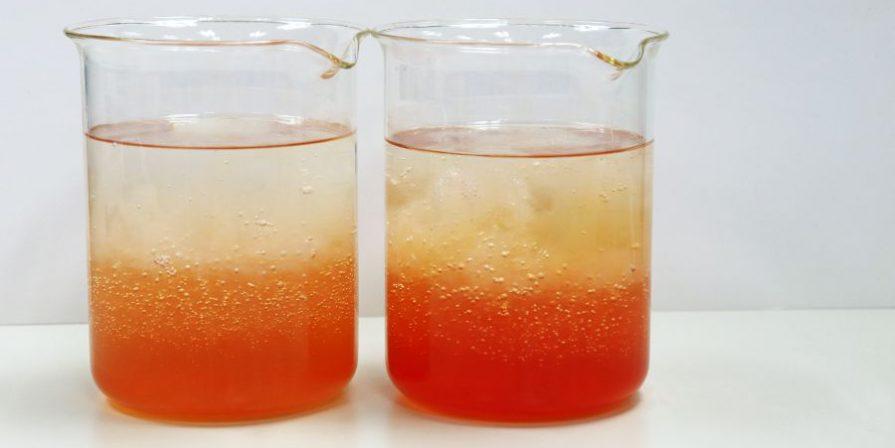Everything You Need to Know About the Process
Flocculation is a process in which very small solid particles, finely dispersed in a liquid, clump together into loose aggregates. The fluid and flocs can then be separated with minimal effort. Read on to learn how the process works and how flocculants are used in surface technology.
Mixtures of Liquids and Solids
First, consider the physical and chemical principles of flocculation. Liquids that contain solid particles are called suspensions. In surface technology, such mixtures typically occur during cleaning and rinsing processes, spray painting, and the dewatering of phosphate or paint sludge. The behavior of particles depends on their size, density, and other physical and chemical properties. Large particles with a density that differs significantly from that of the fluid separate relatively quickly from the suspension. They either settle at the bottom (sedimentation) or float to the top (flotation).
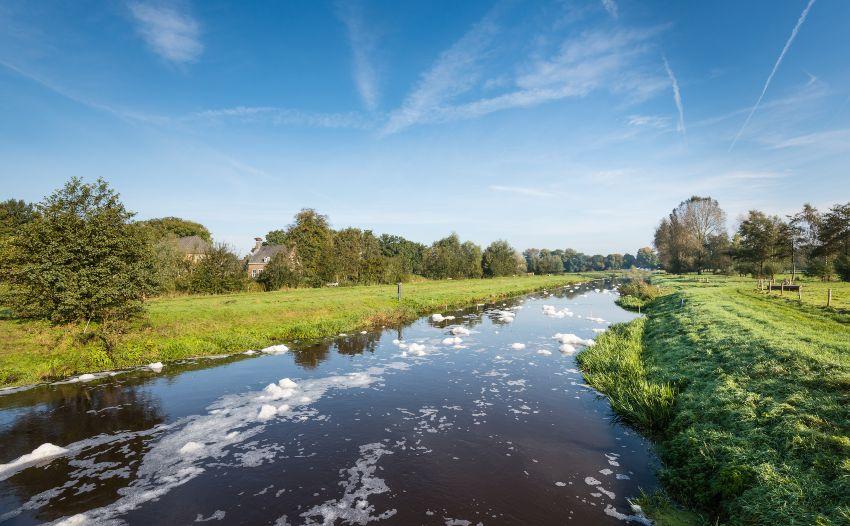
The smaller the particles, the slower this process occurs. Particles smaller than 1 µm remain largely unchanged in their distribution in the liquid. Such mixtures are called colloids. Colloids represent an intermediate form between a suspension and a solution. In a solution, solids are distributed at the molecular or atomic level and thus become an integral part of the liquid substance. A more soluble substance can displace the dissolved substance from the solution. This process, known as precipitation, turns a solution into a suspension or a colloid.
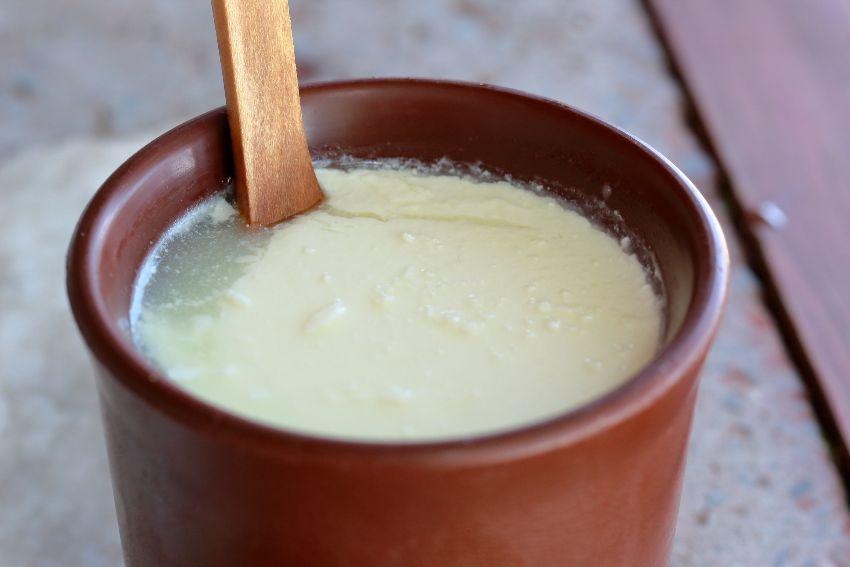
Flocculation as a Pre-Step to Separation
Flocculants (coagulants), sometimes referred to as flocculating agents, cause solid particles in a liquid to come together (coagulate). The particles dispersed in the liquid repel each other due to their identical electrical charges. Flocculants with opposite charges neutralize these repulsive forces and enable the particles to clump into small microflocs. To form sufficiently large macroflocs, flocculation aids are added to the mixture. These are usually polymers with very large molecules that capture and hold the microflocs together.
The chemicals used in flocculation and the process parameters must be adapted to each individual mixture. This can be achieved with series of tests in which flow rates, stirrer speeds, retention times, and dosages are varied until a satisfactory result is obtained. The optimal result depends on the subsequent separation steps. The aim is to achieve cost-effective conditions for filtration, sedimentation, or flotation.
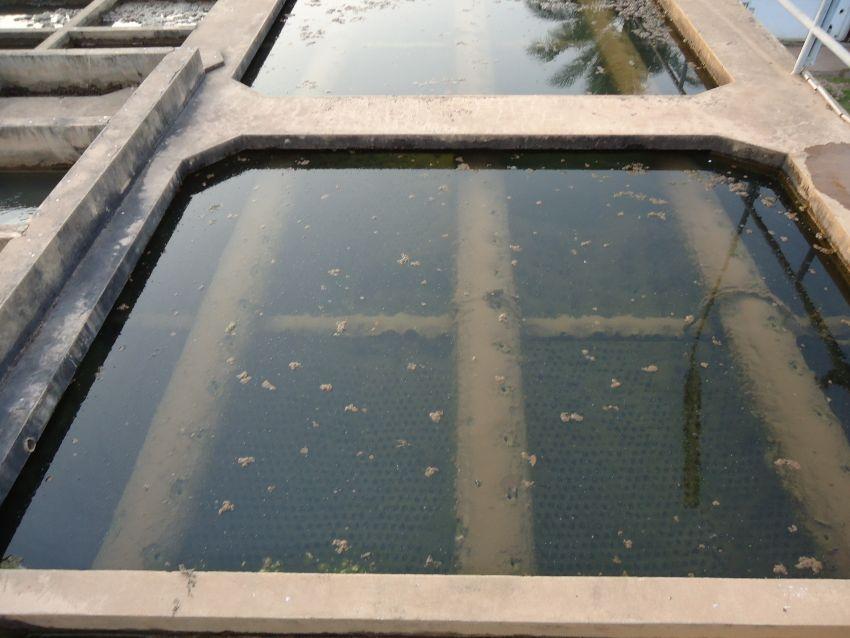
How Flocculation Is Conducted
Flocculation can be performed continuously or in batches. In a continuous operation, flocculants and flocculation aids are usually added at the same time. Mixing and floc formation take place in a stirred tank or flow tube. The constant inflow and outflow of the liquid mixture, along with the size of the equipment, determines the retention time. The mixture then flows into a settling tank or is passed through a filter. This method is suitable when only minor fluctuations in wastewater composition are expected. Batch operation allows for more efficient management of composition variations. In addition, flocculant can be added before the flocculation aid. In the first phase, microfloc formation can be intensified by strong mixing at high stirrer speeds. In the second phase, low speeds provide gentle mixing, which promotes floc formation and prevents large macroflocs from breaking apart.
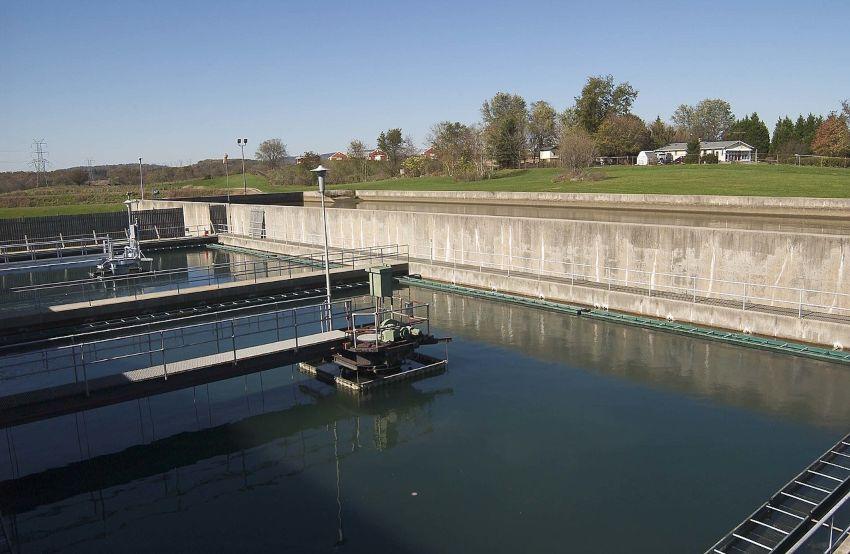
Where Flocculants Are Used
Paint Coagulation
One of the main applications of flocculation in surface technology, is paint detackification. This occurs primarily in paint-laden wastewater from water curtains that capture overspray—the portion of water-based or solvent-based paint that passes by the surfaces of the workpieces. Wastewater contaminated with paints is also created during the cleaning of machines and tools. The main focus here is on recovering the liquid—namely, the water—and reusing it as process water for water curtains and cleaning operations. The paint sludge formed during flocculation can be dried and used for energy recovery. Increasingly, methods are being developed to recover valuable substances from paint sludge.
Kluthe offers coagulation agents under the ISOGOL product line for flocculating solvent-based paints, water-based paints, and mixtures of both. These products typically consist of multiple components. To achieve the best results, the concentrations of flocculants and flocculation aids are adapted to the wastewater present and optimized by adding defoamers and other additives. This results in a detackifying effect on the paint.

Wastewater Treatment
In surface technology, wastewater of varying composition arises during part cleaning, during equipment cleaning as part of maintenance, and in sludge dewatering from pretreatment (e.g., phosphating). Waste water treatment and the recovery of process water generally require several process steps, depending on the substances involved.
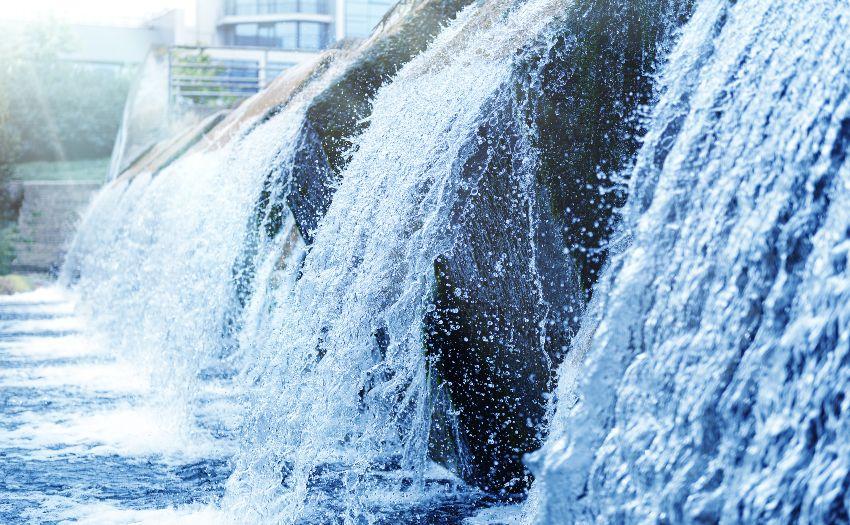
Before flocculation, emulsions may be broken down, fats and oils separated, coarse solids filtered out, and dissolved substances precipitated. Flocculants are then used to bind suspended and turbid matter. Sedimentation or filtration can then be used to clarify the wastewater after flocculation.
 Kluthe Magazine
Kluthe Magazine
